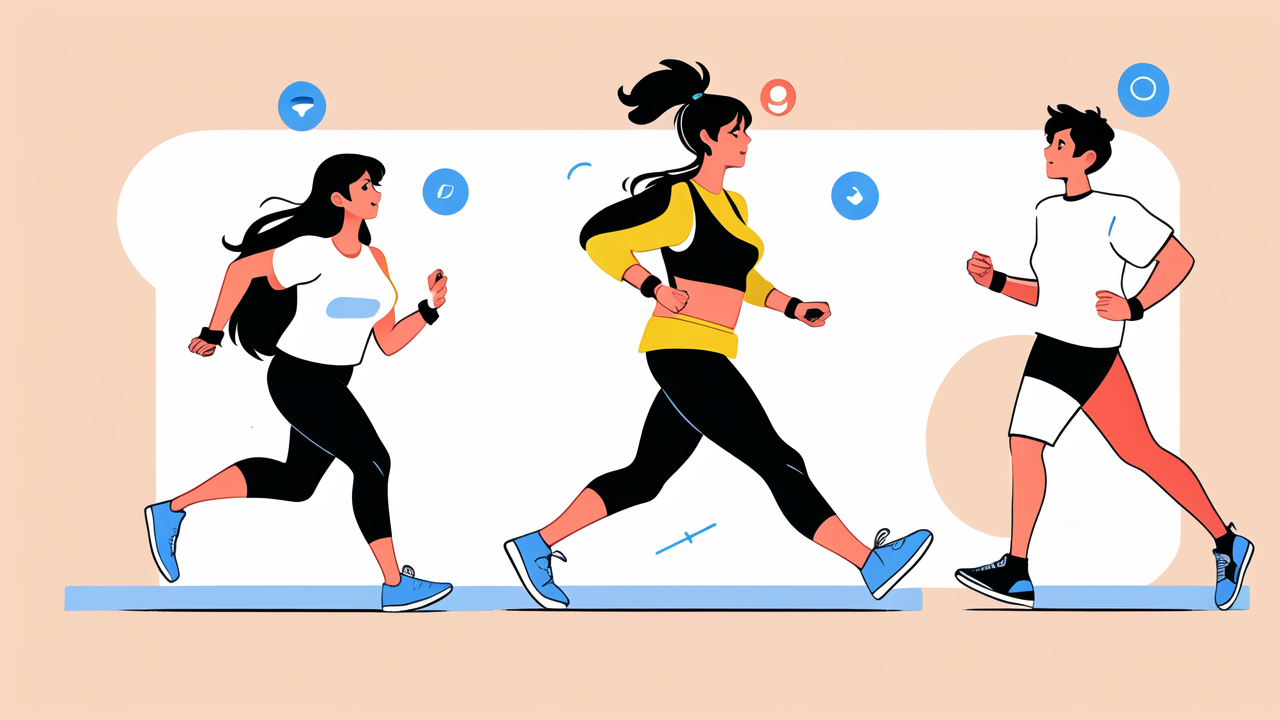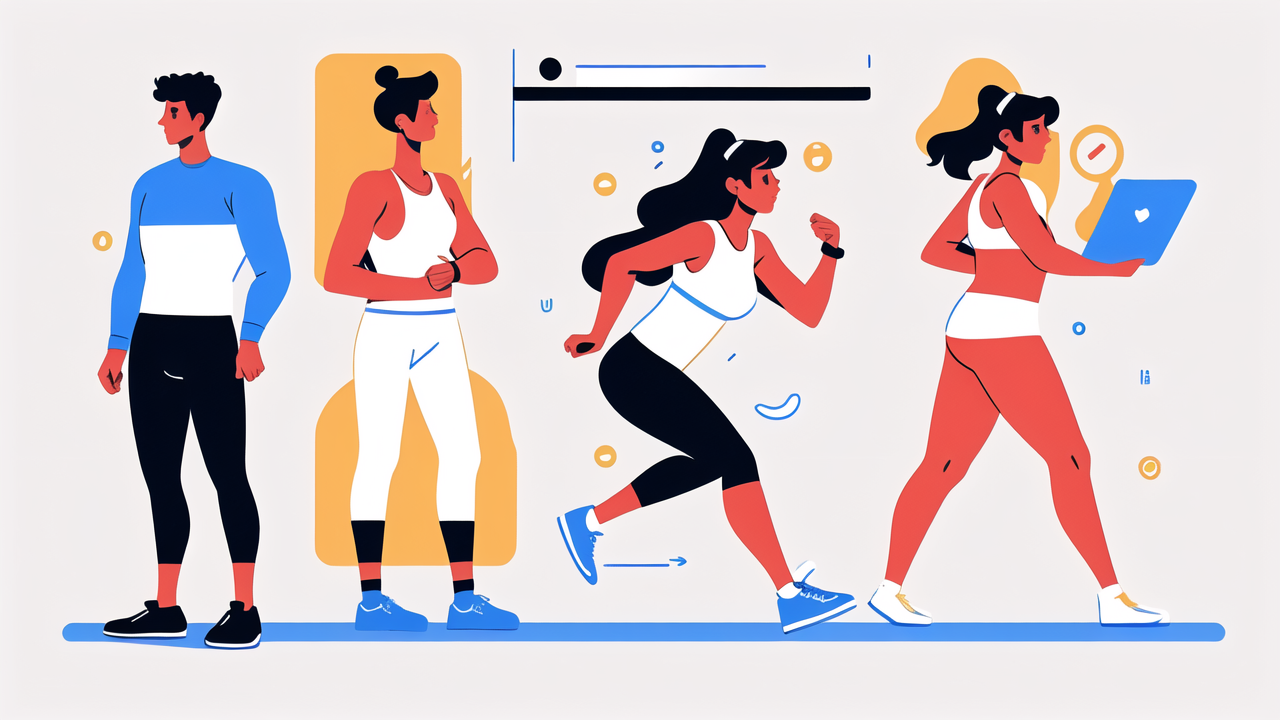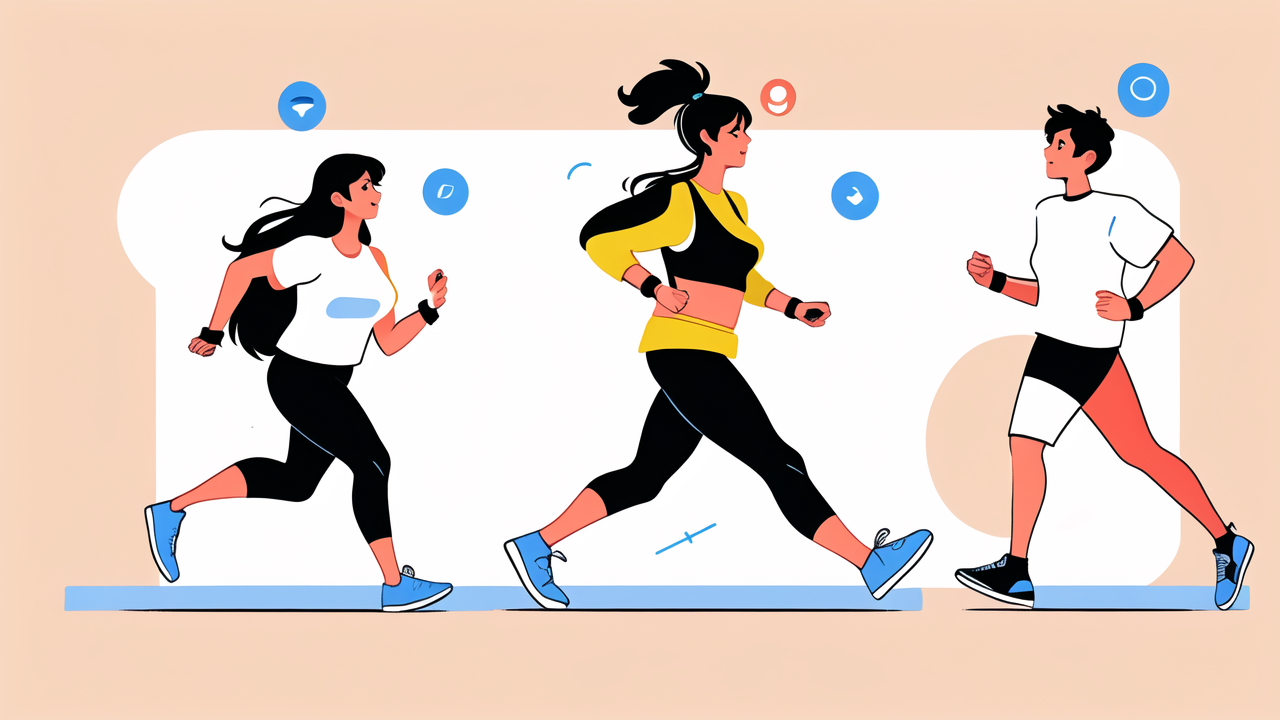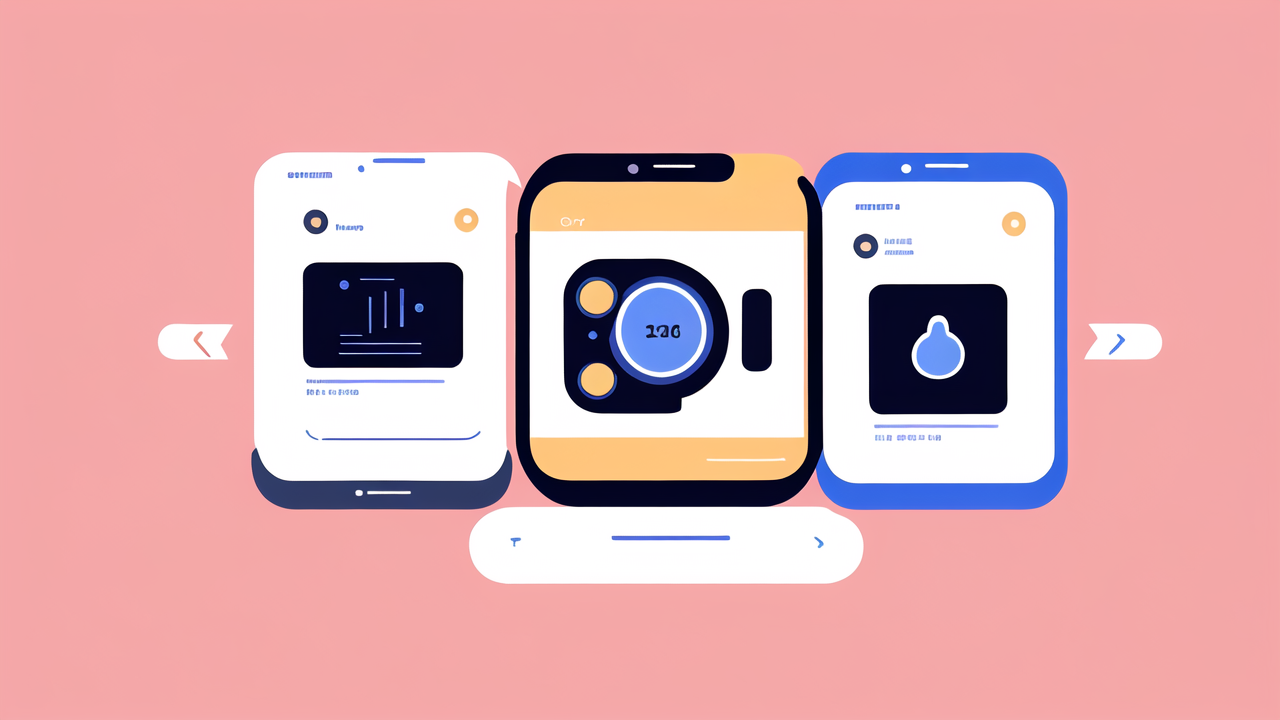Understanding Wearable Fitness Technology in the United States
The Evolution of Fitness Wearables
Fitness wearables have come a long way since their inception. They started as simple step counters. Now, they're advanced health monitors. The first popular device was the Fitbit in 2009. It tracked steps and sleep.

Since then, the market has exploded with options. Smartwatches, rings, and even clothes now track health data. These devices can monitor heart rate, sleep quality, and more. Some even measure blood oxygen levels and detect falls.
The evolution continues with AI integration. This allows for more personalized health insights. Wearables are becoming essential tools for fitness enthusiasts and health-conscious individuals.
Key Features to Look for in Fitness-Oriented Devices
When choosing a fitness wearable, consider these key features:
- Battery life: Look for devices that last at least a few days on a single charge.
- Water resistance: Essential for swimmers or those who sweat a lot during workouts.
- Heart rate monitoring: Crucial for tracking workout intensity and overall health.
- GPS: Important for runners and cyclists who want to track their routes.
- Sleep tracking: Helps improve recovery and overall well-being.
- Compatibility: Ensure the device works with your smartphone and preferred fitness apps.
- User interface: Choose a device with an easy-to-use screen or app.
Advanced features might include ECG capabilities, stress tracking, or even blood glucose monitoring. Choose features that align with your specific fitness goals and health concerns.
The Role of Wearables in Modern Fitness Regimens
Wearables have become integral to many fitness routines. They provide real-time data during workouts. This helps users adjust their intensity and track progress. Many devices offer guided workouts and personalized training plans.
These tools also encourage daily movement. They remind users to stand up or take more steps. This promotes a more active lifestyle overall. Wearables can also track recovery metrics like sleep quality and resting heart rate.
Many fitness professionals now incorporate wearable data into their training programs. This allows for more precise and personalized fitness plans. Wearables have transformed fitness from a guessing game into a data-driven pursuit.
Selecting the Right Wearable for Your Needs
Assessing Your Fitness Goals and Lifestyle
Choosing the right wearable starts with understanding your goals. Are you a runner looking to improve your pace? Or a weightlifter tracking strength gains? Maybe you're just starting your fitness journey.

Consider your lifestyle too. Do you need a device that's work-appropriate? Or one that can withstand tough outdoor conditions? Think about how often you're willing to charge the device.
Some people prefer minimal designs. Others want all the bells and whistles. Your budget is also a factor. Wearables range from budget-friendly to high-end luxury items.
Make a list of must-have features based on your goals and lifestyle. This will help narrow down your options. Remember, the best device is one you'll actually use consistently.
Comparing Top-Rated Fitness Wearables
When comparing fitness wearables, consider these popular options:
- Apple Watch: Great for iPhone users. Offers a wide range of health and fitness features.
- Fitbit Versa: User-friendly with long battery life. Good for beginners and intermediate users.
- Garmin Fenix: Ideal for serious athletes. Offers advanced metrics and rugged design.
- Whoop Strap: Focuses on recovery and strain. Popular among professional athletes.
- Oura Ring: Emphasizes sleep tracking. Good for those who prefer a less obvious wearable.
Each device has its strengths. The Apple Watch excels in overall functionality. Fitbit offers a great app experience. Garmin provides detailed athletic data. Whoop focuses on balancing training and recovery.
Read reviews and compare specs. Consider trying on devices if possible. Many stores offer demos or return policies. This lets you test the wearable in real-world conditions.
Integrating Wearables into Your Existing Fitness Stack
Integrating a new wearable into your routine takes some planning. Start by syncing your device with your smartphone. Download any necessary apps. Take time to explore all the features.
Many wearables can connect to other fitness apps. This includes popular platforms like MyFitnessPal or Strava. Check if your device works with your gym's equipment or other smart home devices.
Set up notifications and reminders that work for you. Some people love frequent alerts. Others find them distracting. Customize your device to match your preferences.
Consider how the wearable fits into your current routine. It might replace some tools, like a separate heart rate monitor. Or it might complement existing gear, like running shoes with tracking chips.
Remember to regularly review and adjust your settings. As your fitness level changes, your wearable's targets should too. This ensures you're always getting relevant and motivating data.
Leveraging Wearable Technology for Enhanced Results
Utilizing Data and Insights for Tailored Workouts
Wearable technology provides a wealth of data. The key is turning this data into actionable insights. Start by establishing a baseline for your metrics. This might include resting heart rate, daily steps, or sleep patterns.

Use these insights to create personalized workout plans. For example, if your heart rate is higher than usual, you might need an easy day. If you've been sleeping poorly, focus on recovery activities.
Many devices offer personalized recommendations. These might suggest workout intensity or duration. They can also advise on recovery time between sessions. Pay attention to these suggestions.
Track your progress over time. Look for trends in your data. Are you getting faster? Is your resting heart rate decreasing? Use these trends to adjust your goals and celebrate your achievements.
Remember, data is a tool, not the whole picture. Listen to your body too. If you feel overtrained, take a break, even if your device says otherwise.
Advanced Features: From GPS to Heart Rate Monitoring
Modern wearables offer advanced features that can elevate your training. GPS tracking is great for outdoor activities. It can map your runs, rides, or hikes. Some devices even offer navigation features.
Heart rate monitoring is crucial for fitness. It helps gauge workout intensity. Many devices now offer 24/7 heart rate tracking. This can reveal insights about stress, recovery, and overall health.
Some advanced features to explore include:
- VO2 max estimates: This measures your cardio fitness level.
- Training load: Tracks the impact of your workouts over time.
- Recovery time: Suggests how long to rest between workouts.
- Stress tracking: Monitors your body's stress levels throughout the day.
- Blood oxygen monitoring: Can be useful for high-altitude training or sleep analysis.
These features can help you train smarter, not just harder. They provide a more complete picture of your health and fitness. Use them to fine-tune your workouts and recovery strategies.
Wearable Technology: A Tool for Accountability and Motivation
Wearables can be powerful motivators. They provide constant reminders of your goals. Many devices have built-in challenges or achievement badges. These can add a fun, competitive element to your routine.
Use your wearable to set daily or weekly goals. This might be a step count, active minutes, or calories burned. Achieving these small goals can boost motivation and build healthy habits.
Many wearables allow you to connect with friends or join communities. This social aspect can increase accountability. You can share achievements, compete in challenges, or offer encouragement.
Remember, the goal is progress, not perfection. Use your wearable as a tool, not a taskmaster. Celebrate your successes, no matter how small. And don't be too hard on yourself on off days.
Wearable technology can transform your fitness journey. It provides data, insights, and motivation. Use it wisely, and you'll be well on your way to achieving your fitness goals.




Leave a comment
This site is protected by hCaptcha and the hCaptcha Privacy Policy and Terms of Service apply.